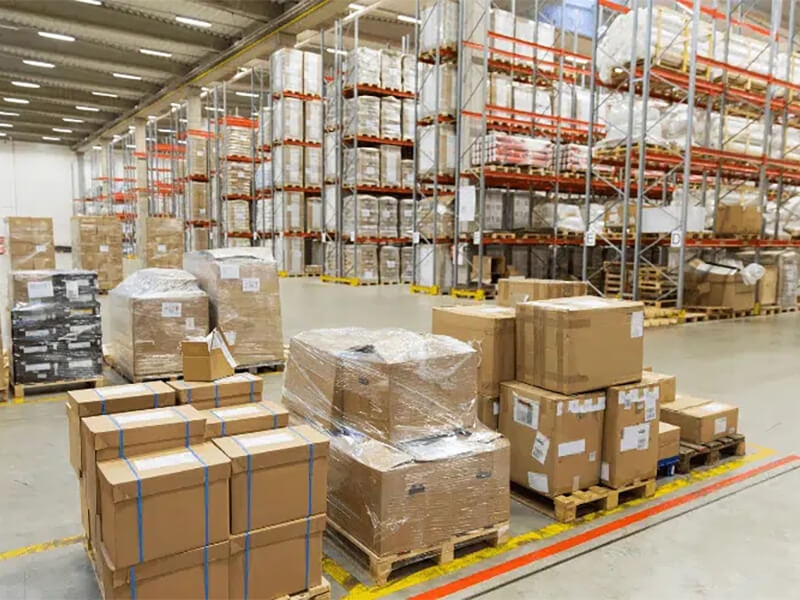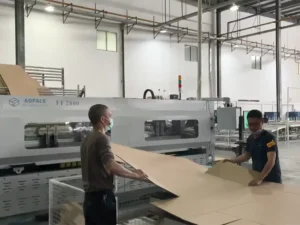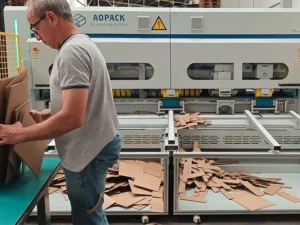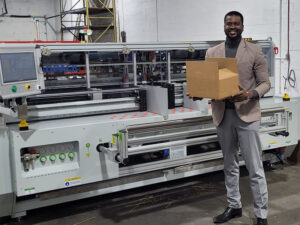In today’s fast-paced and dynamic market, businesses increasingly seek packaging solutions that align with agility, cost-efficiency, and sustainability. Short run boxes have emerged as a strategic answer to these demands, offering customized packaging options for small-batch production. This article explores the concept, benefits, and applications of short run boxes, highlighting their growing relevance across industries.

What Are Short Run Boxes?
Short run boxes refer to custom-designed packaging produced in limited quantities, typically ranging from a few dozen to a few thousand units. Unlike traditional mass production, which requires large minimum order quantities (MOQs), short run packaging leverages advanced digital printing and manufacturing technologies to accommodate smaller batches. This approach allows businesses to order precisely what they need without overstocking, reducing waste and upfront costs.
Key Advantages of Short Run Boxes
- Cost-Effectiveness: Small businesses or startups often lack the budget to invest in bulk packaging. Short run production eliminates high upfront costs, enabling companies to allocate resources more efficiently. There’s no need to tie up capital in excess inventory, which is particularly beneficial for niche products or seasonal items.
- Customization Flexibility: With digital printing, businesses can experiment with designs, colors, and branding elements without the constraints of traditional offset printing. Short run boxes allow for rapid prototyping, making it easier to test market reactions or refresh packaging designs to align with trends.
- Reduced Waste: Overproduction is a significant challenge in packaging. Short runs minimize surplus inventory, aligning with sustainable practices. Companies can also opt for eco-friendly materials without committing to large orders, supporting greener supply chains.
- Faster Turnaround: Digital printing technologies enable quicker production cycles compared to conventional methods. Businesses can receive their orders within days, ensuring timely product launches or restocks—a critical factor in industries like e-commerce or limited-edition releases.
Applications Across Industries
– E-commerce: Online retailers often test new products or cater to niche audiences. Short run boxes let them scale packaging as demand grows.
– Subscription Services: Monthly subscription boxes require frequent design updates. Short runs allow for seasonal themes or personalized touches.
– Startups and SMEs: Emerging brands can maintain professionalism with custom packaging without financial strain.
– Events and Promotions: Limited-time offers, trade shows, or corporate events benefit from tailored packaging in small quantities.
The Role of Technology
Advancements in digital printing, such as high-definition inkjet and laser cutting, have made short run production viable. Print-on-demand services further enhance flexibility, allowing businesses to order boxes “as needed” and avoid storage hassles.
The Future of Packaging
As consumer preferences shift toward personalization and sustainability, the demand for short run boxes is expected to rise. Companies are prioritizing lean inventory models and eco-conscious practices, making this packaging solution a cornerstone of modern logistics.
Best Short Run Box Making Machine
Heavy Duty Boxmaker BM3000-HD is a fully automatic box making machine, with multifunctions of auto feeding, slotting, creasing/scoring, slitting, as well as handhole die-cutting. On the basis of the BM2508-Plus machine, its maximum cardboard width has been extended to 3 meters, and the production efficiency has increased by 20%. Changeover time is 1-6 seconds, quick set up and easy operation.
It allows you to get any box in any size within one minute. What you should do is just select pre-programmed box type, enter the material size, box dimensions on the touch screen, then all settings are made automatically in a few seconds through a servo-controlled adjustment mechanism, with no manual settings at all.
In conclusion, short run boxes empower businesses to balance creativity, cost, and environmental responsibility. Whether for testing markets, reducing waste, or enhancing brand appeal, this approach offers a scalable and adaptable packaging strategy for the evolving needs of today’s economy.
How useful was this post?
Click on a star to rate it!
Average rating 0 / 5. Vote count: 0
No votes so far! Be the first to rate this post.






